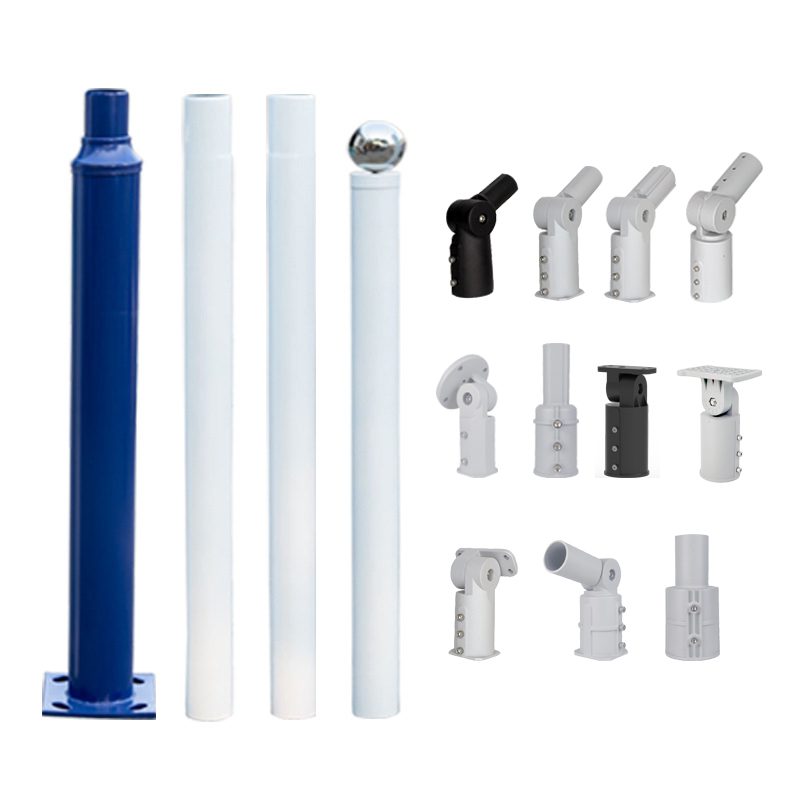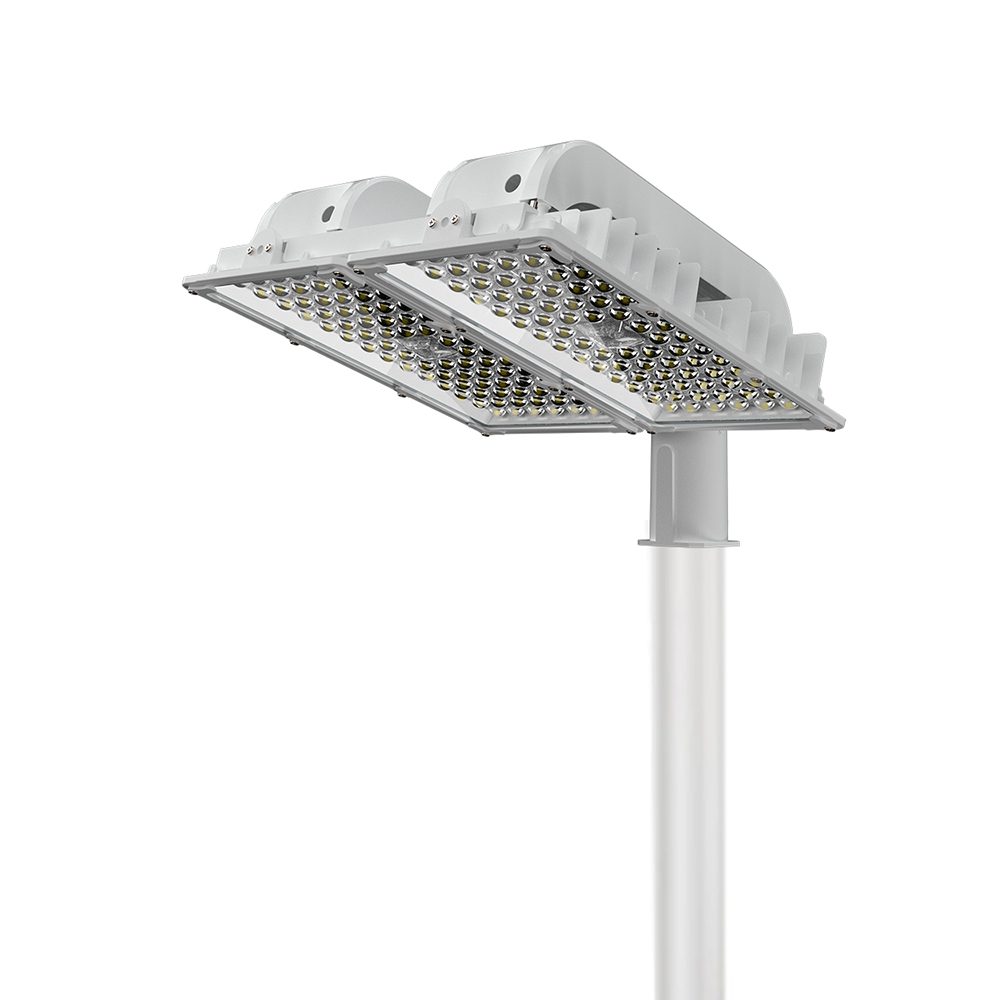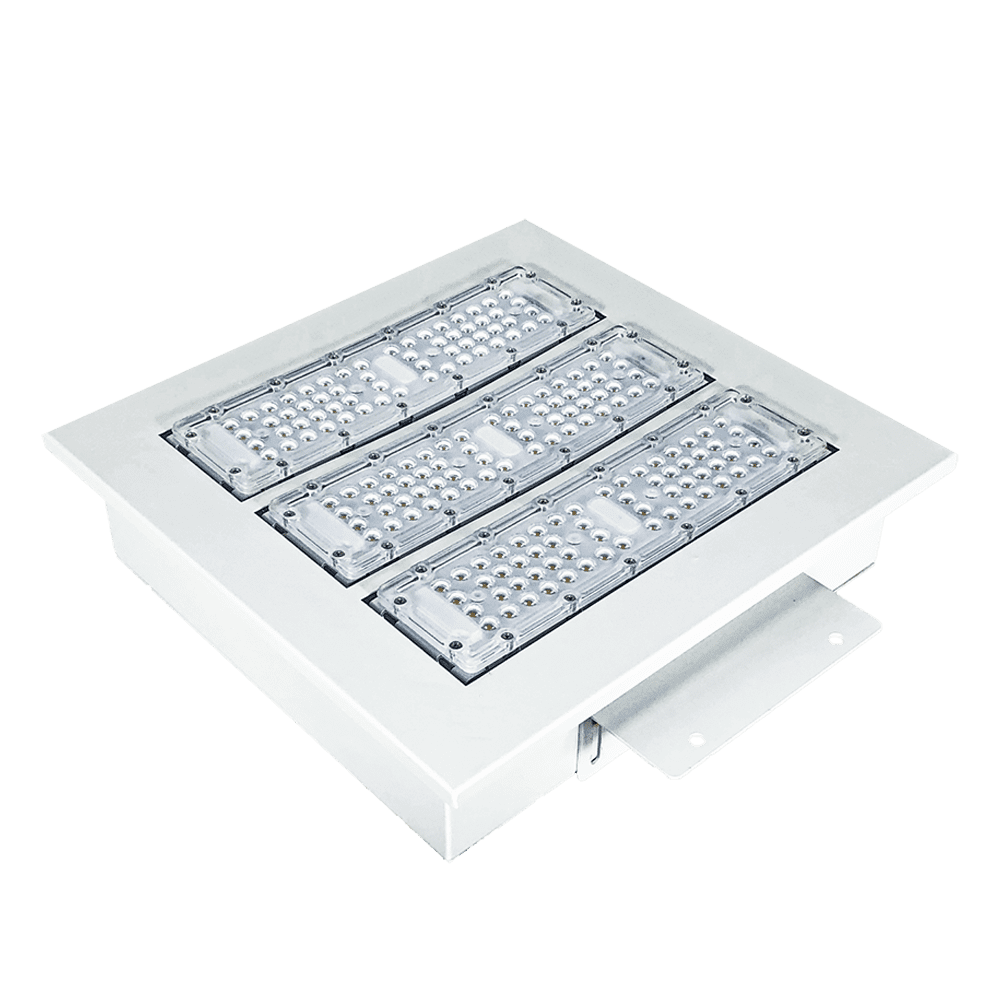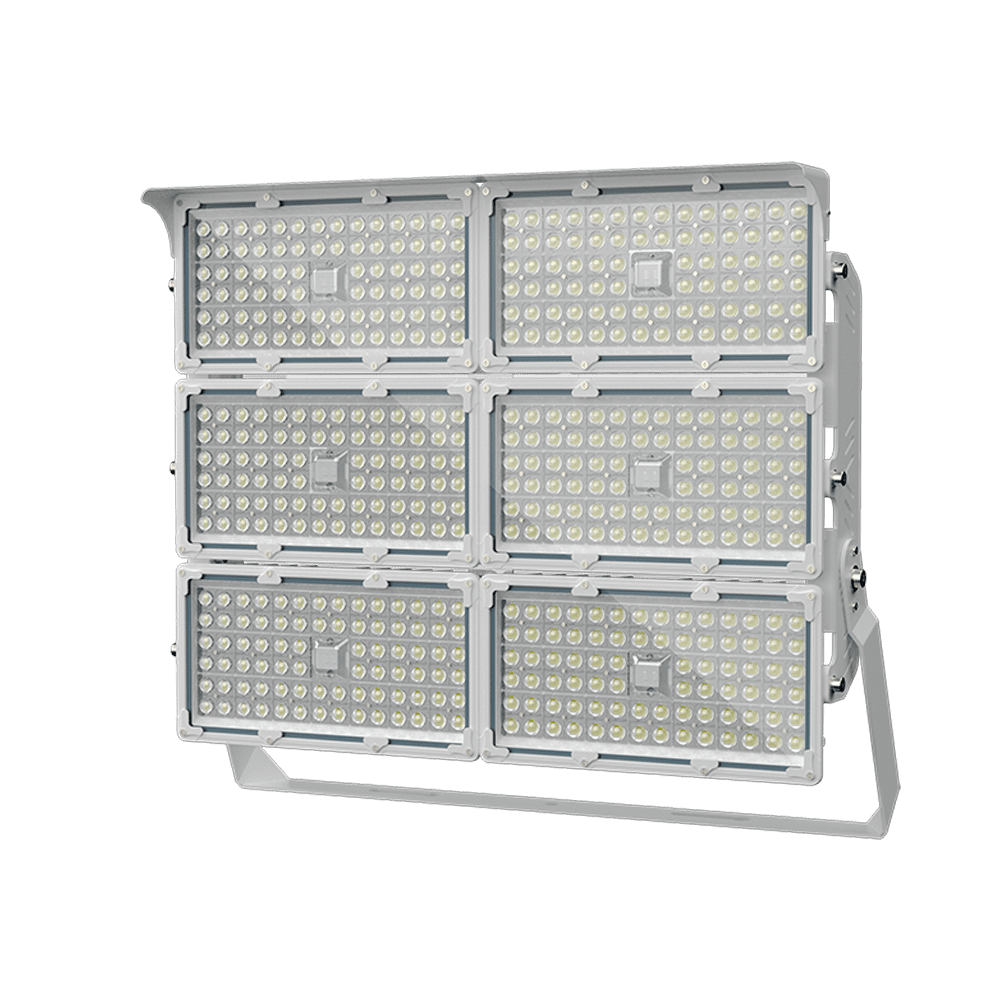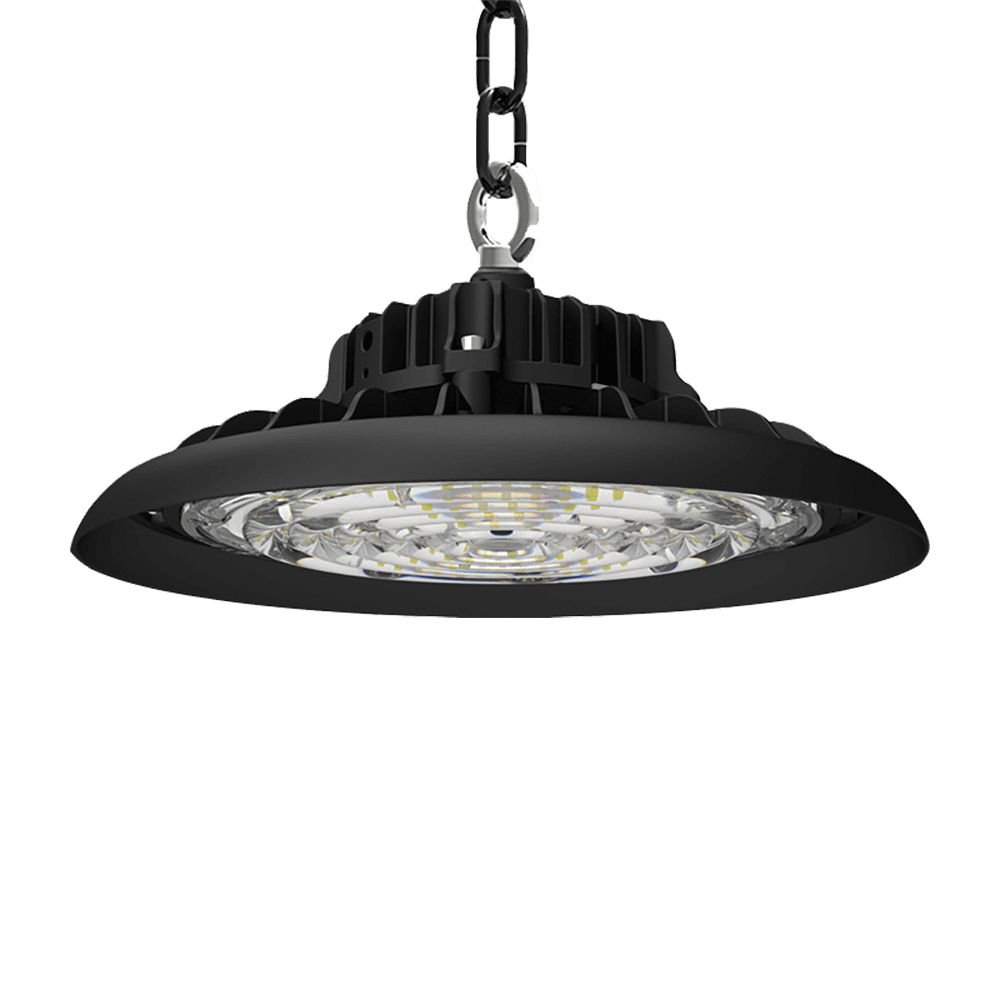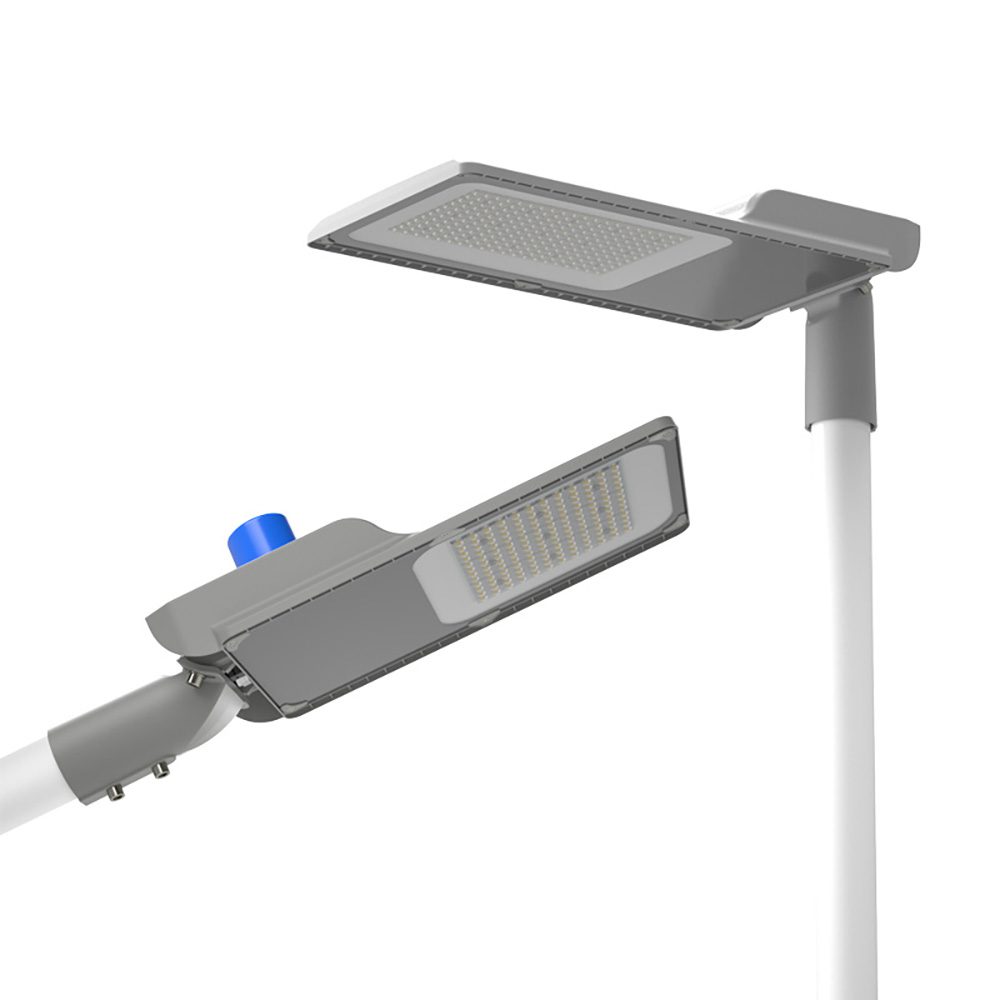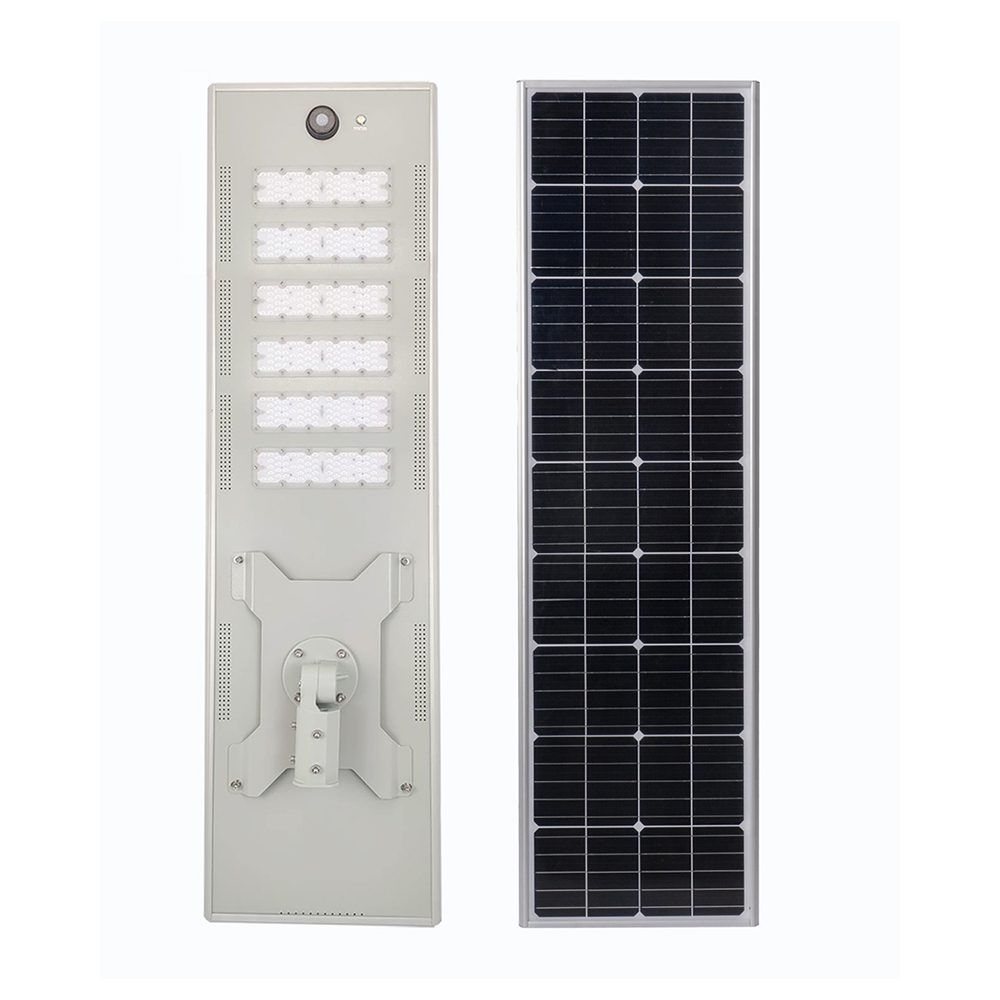Street lights and sports lights play a crucial role in urban nights, providing safety and convenience for our daily lives. However, selecting the appropriate beam angle is essential for ensuring effective lighting. This article will explore the suitable heights and scenarios for different beam angles, including the Type 2, Type 3, and Type 4 classifications for street lights, to enhance our understanding of the importance of lighting design.
Basic Concept of Beam Angle
The beam angle refers to the angle of dispersion of light emitted by a fixture. It is typically expressed in degrees, reflecting the degree of concentration of the light beam. Narrow beam angles (e.g., 10°-30°) mean that the light is concentrated and suitable for long-distance illumination, while wider beam angles (e.g., 60°-120°) indicate that the light is more diffused, suitable for illuminating larger areas.
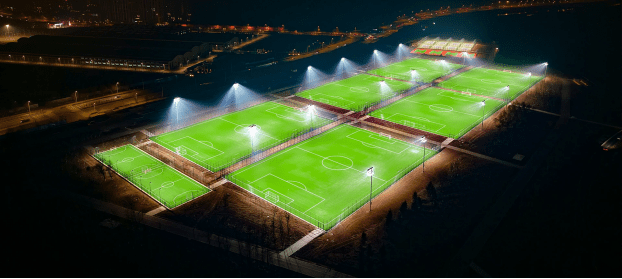
Beam Angle Selection for Street Lights
1.Type 2 Beam Angle
Suitable Height: 6-10 meters
Applicable Scenarios: Urban streets, residential areas
Type 2 beam angles are suitable for urban streets and residential areas, providing relatively uniform lighting to ensure pedestrians and vehicles receive adequate illumination at shorter distances. This beam angle effectively covers wider roads while minimizing glare.
2.Type 3 Beam Angle
Suitable Height: 8-12 meters
Applicable Scenarios: Main roads, commercial districts
Type 3 beam angles are ideal for main roads and commercial areas. Their light distribution is more focused, making them suitable for taller poles and effectively illuminating distant road sections, ensuring drivers can see clear road conditions from afar.
3.Type 4 Beam Angle
Suitable Height: 4-6 meters
Applicable Scenarios: Parking lots, squares
Type 4 beam angles are used for shorter poles, typically in parking lots and squares. They provide relatively uniform lighting across the entire area, enhancing safety.
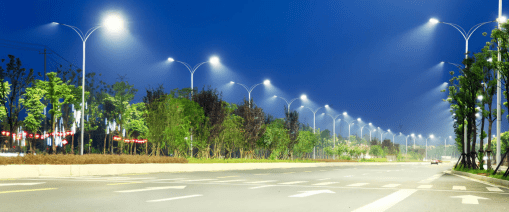
Beam Angle Selection for Sports Lights
1.Narrow Beam Angle (10°-30°)
Suitable Height: 8-12 meters
Applicable Scenarios: Professional competition venues
In professional competition venues, narrow beam angles for sports lights provide intense, focused illumination, ensuring brightness in the center of the field. These fixtures are commonly used in soccer fields, basketball courts, and other areas requiring high-intensity lighting to meet strict uniformity standards for events.
2.Medium Beam Angle (30°-60°)
Suitable Height: 6-10 meters
Applicable Scenarios: Training fields, community sports centers
Medium beam angles for sports lights are widely used in training fields and community sports centers. They offer sufficient illumination to ensure athlete safety while providing a good visual experience during games and training.
3.Wide Beam Angle (60°-120°)
Suitable Height: 4-6 meters
Applicable Scenarios: Recreational sports fields, school playgrounds
Wide beam angles are suitable for lower poles, typically used in recreational sports fields and school playgrounds. These fixtures ensure that the entire area receives uniform lighting, preventing participants from experiencing uneven light distribution during activities.

Choosing the appropriate beam angle is vital for the lighting effectiveness of street lights and sports lights. By understanding the characteristics of different beam angles and their applicable scenarios, we can better design and arrange lighting systems to enhance safety and convenience in urban nights. In future lighting designs, the rational application of beam angles will create a brighter and safer living environment.

